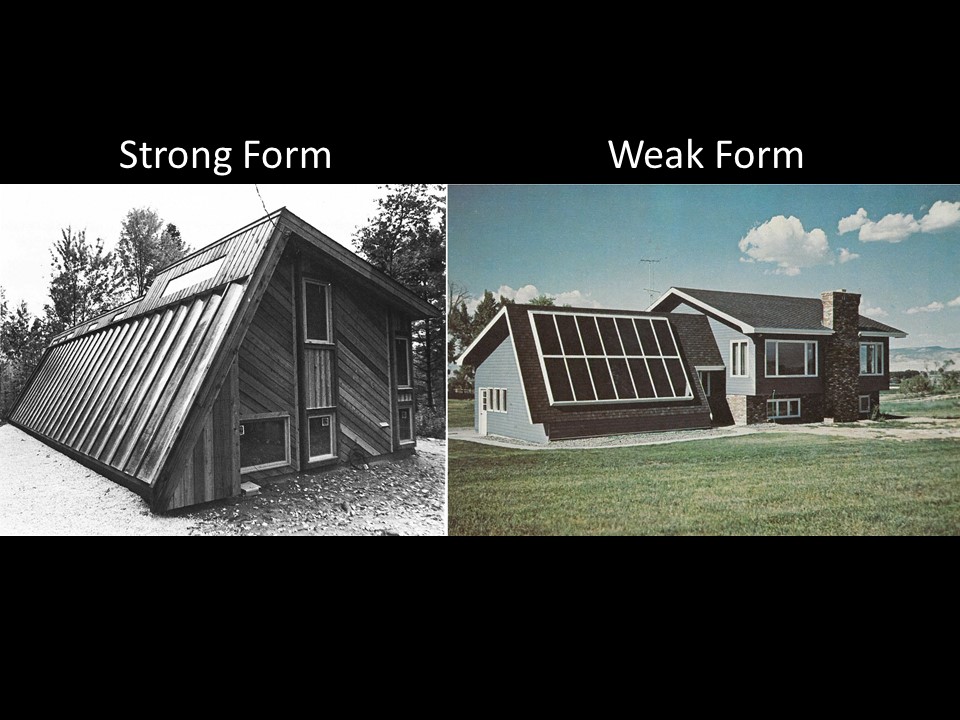Jacobsen's SAS Hotel: Facade issues
/Arne Jacobsen’s SAS Hotel in Copenhagen was originally built in 1958–60, and it is widely-acknowledged as a masterpiece of mid-century modernism.
© Anthony Denzer
The curtain wall is leaking water pretty badly; I experienced this when I stayed here a few weeks ago. I found this note from the hotel, which says that they are “working on” finding a solution which is sensitive to the building’s protected status. Does this mean a major façade renovation is being planned? Unclear.
© Anthony Denzer
Because of the deep marble sills, the water didn’t cause any issues within the room, but you can bet there are unseen problems occurring. My stay there was wonderful. Here’s a few more pictures.
© Anthony Denzer
© Anthony Denzer
Final note: I find the black columns in the image above to be much too visually strong. Originally they were white. The lobby was renovated in 2017–18 by Space Copenhagen and Fritz Hansen.










